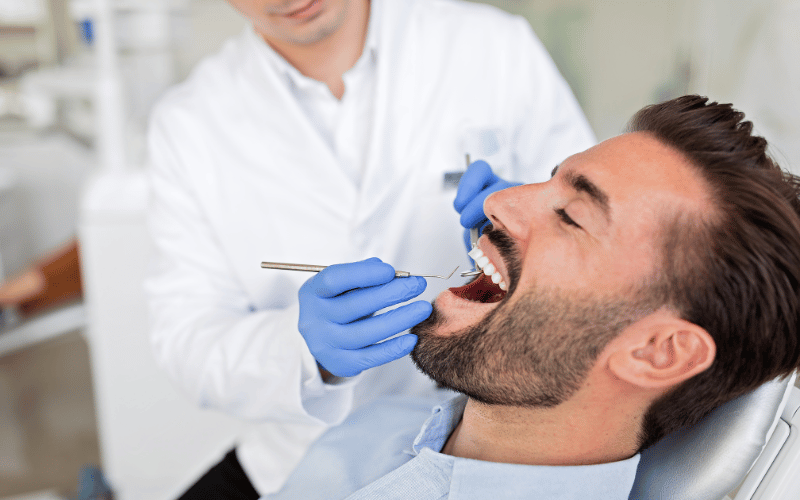Fact 13: Dental Check-ups Offer Early Detection

Dentists play a pivotal role in the early detection of numerous oral health issues, and bruxism is no exception. Regular dental visits provide an opportunity for professionals to identify signs of grinding and clenching even before the patient becomes aware of them. This proactive approach allows for early interventions, potentially saving individuals from extensive dental damage and related complications.
During a routine examination, a dentist might notice specific patterns of wear on the biting surfaces of the teeth, which are indicative of bruxism. Additionally, they might find fractures or chips in the teeth, or observe inflamed and receding gums. These signs, combined with the patient’s reported symptoms such as jaw pain or morning headaches, can help confirm a diagnosis of bruxism.
Periodic dental X-rays can reveal issues not immediately visible during a manual examination. These images can show unusual wear and tear or bone loss, hinting at the presence of bruxism. Additionally, X-rays can help rule out other dental conditions that might present similarly, ensuring an accurate diagnosis and appropriate treatment plan.
Once bruxism is detected, dental professionals can educate patients about the condition, its potential triggers, and the implications for oral health. Early interventions might include custom-made mouthguards to protect the teeth during sleep, recommendations for stress-reducing techniques, or referrals to specialists for further evaluation and treatment. (13)